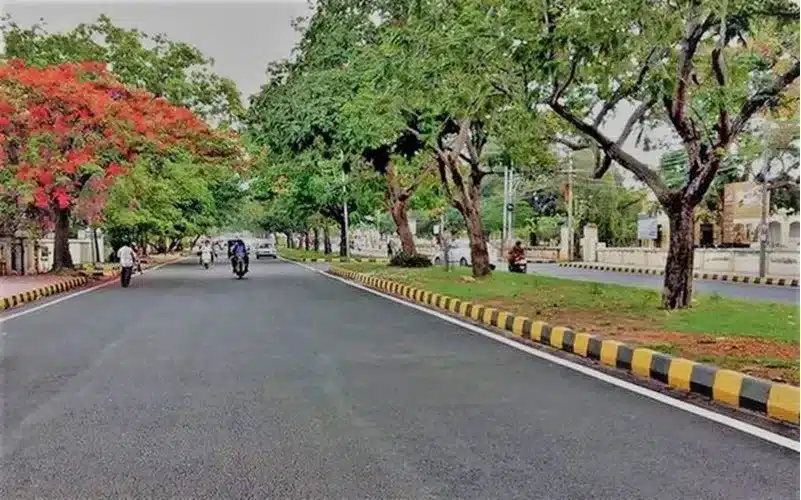Swachh Vayu Sarvekshan- Ranking of Cities under NCAP

On 23-24 September 2022, a two-day conference of the Ministers of Environment, Forest and Climate Change was held in Ekta Nagar, Gujarat. The conference was virtually inaugurated by the Prime Minister.
In a parallel session on Control and Prevention of Pollution, the States were informed of guidelines on ‘Swachh Vayu Sarvekshan – Ranking of Cities’ released under the National Clean Air Programme (NCAP).
In accordance with the guidance of the Minister of Environment, Forest and Climate Change, Swachh Vayu Sarvekshan will promote the ranking of 131 cities in India to reduce air pollution up to 40% by 2025-26 by implementing City Action Plans prepared as part of the National Clean Air Programme (NCAP).
There are 131 cities in the report. These are divided into three groups based on their population. 47 cities are in the first group with a population of more than 10 lakh. 44 cities are in the second group with a population between 3 and 10 lakh. The third group consists of 40 cities with a population of less than 3 lakh.
In accordance with the framework provided on PRANA’s online portal, cities are required to conduct self-assessments annually. In relation to solid waste management, road dust management, construction and demolition waste management, control of vehicular emissions, and industrial pollution, cities are required to report the implementation of these activities and measures.
According to the report, three of the best-performing cities within each group will receive a cash award in the spirit of competitive federalism based on a combination of self-assessment and third-party assessment. As a result, constructive competition in the spirit of competitive federalism is promoted in order to improve air quality. This Survekshan enables cities to plan their actions to improve air quality. Rankings are not determined by air quality measurements. Taking action to improve air quality in various domains will lead to an improvement in air quality as a result. As a result, it provides a planning implementation tool for improving the air quality and a method for assessing how well cities have aligned their actions.
A national conference organised by the Ministry of Environment, Forest and Climate Change was attended by Ministers of Environment, Forest and Climate Change from across the country. The National Conference was attended by State Forest and Environment Ministers, State Secretaries and Chairmen of State PCBs, PCCs and PCCFs, as well as senior officials from the Ministry.
Observer Voice is the one stop site for National, International news, Sports, Editor’s Choice, Art/culture contents, Quotes and much more. We also cover historical contents. Historical contents includes World History, Indian History, and what happened today. The website also covers Entertainment across the India and World.

